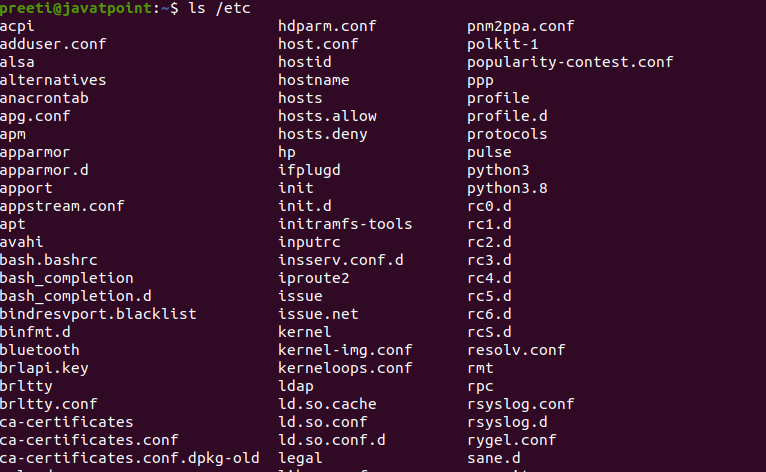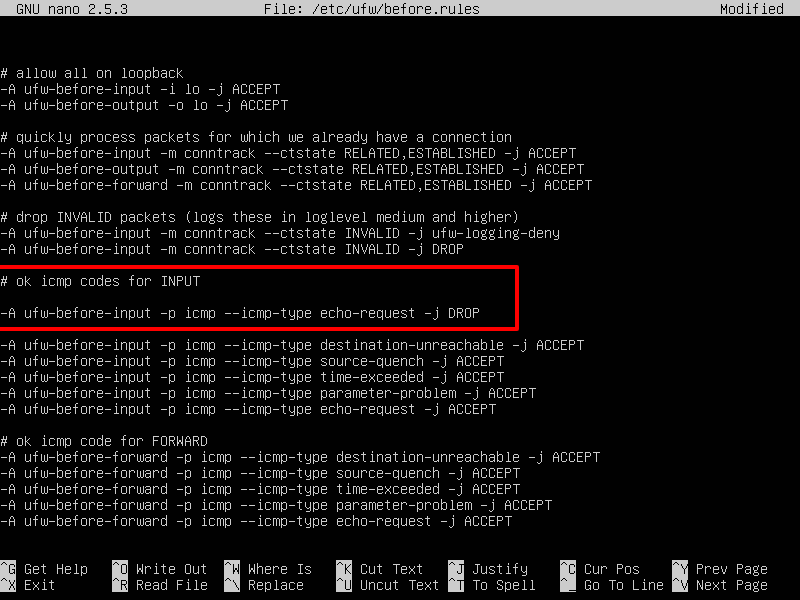

- Kali linux how to use hosts.deny software#
- Kali linux how to use hosts.deny code#
- Kali linux how to use hosts.deny free#
- Kali linux how to use hosts.deny windows#
In 1991, Linus Torvalds, a student at the University of Helsinki (Finland), began creating hisįree own operating system. There are some slight differencesīetween "open source" program and a "free" program, but we will not go into details here.
Kali linux how to use hosts.deny code#
"open source" because its source code is open everyone can see it.
Kali linux how to use hosts.deny free#
The slogan of the Free World might be: "Unity is strength." Real ideology in computer science: people think it is better to give the source code of the programs that we create because it allows knowledge sharing and helps the computer to evolve faster. So we cannot change it or see how it works inside.Īn open program is mostly a free program, it is also a program that has the right to copy, modify, redistribute. Like Coca-Cola: nobody knows the recipe (there are many people who try to imitate it, but hey.

Kali linux how to use hosts.deny windows#
GNU should not only be a free OS it also had to be "open" What is the difference?Ī free program is a program where you can have the source code, that is to say, the "batch recipe." In contrast, Windows is a proprietary OS whose source code is stored by Microsoft. He wanted to create an operating system based on UNIX (the commands still the same).īut why would he create a copy of “UNIX”?īecause UNIX was not free and it was getting more expensive! Richard Stallman wanted to react by creating a free alternative: the project GNU
Kali linux how to use hosts.deny software#
GNU software guarantees these freedom-rights legally (via its license), and is therefore free software the use of the word "free" always being taken to refer to freedom.Īrtificial intelligence in MIT. The software, share it (copy, distribute), study Their computers and computing devices, by collaboratively developing and providing software that is based on the following Its aim is to give computer users freedom and control in their use of The GNU Project is free software, mass collaboration project, announced on 27 Septemberġ983, by Richard Stallman at MIT. It is just in 1984, that Richard Stallman created GNU project. We must say that computers back then were not capable of doing better. MS-DOS they were both seen like a black screen It was a lot powerful than MS-DOS but a lot complicated, what explains that only the professionals could use it. The one that was called the best was “Unix”. No! There was other operating system but less known by the public. Microsoft has just launched its first os: MS-DOS, but this one is far away from being done. Softwares are free, it is for a reason to understand we have to go back to 1984. Some of them are better than those in windows. They are frequently updated and for Zero charge! Linux programs are free, you’ll see, most of Linux programs are. Linux programs are extremely advantageous: Linux usually works as a server, because of its stability and security’s feature. Under the model of free and open-source software development and distribution. POSIX-compliant computer operating system assembled You can learn all essential Linux commands quickly.Ĭhapter 1 Introduction to Linux About Linux Operating System There is a long table containing all common Linux commands in this book, which can give you a great help in your job or study.

How to transfer files over network, send network messages And much more skill…… How to manage permissions, ownership of files, directories How to connect across network, communicate with network. How to compare files, find out a file, manipulate file contents How to start a job, stop a job and schedule a job. How to operate the run levels and change the run levels How to navigate at the command line by helping commands. How to access Linux server, and use SSH commands. How to create, remove, and manage users and groups. How to copy, move, and delete files and directories.

It also includes Linux Helping commands, symbols, shortcut keys, The book covers all essential Linux commands as well as theirĮxplanations. This book is a beginner’s guide for fast learning LinuxĬommands which are frequently used by Linux administrators


 0 kommentar(er)
0 kommentar(er)
